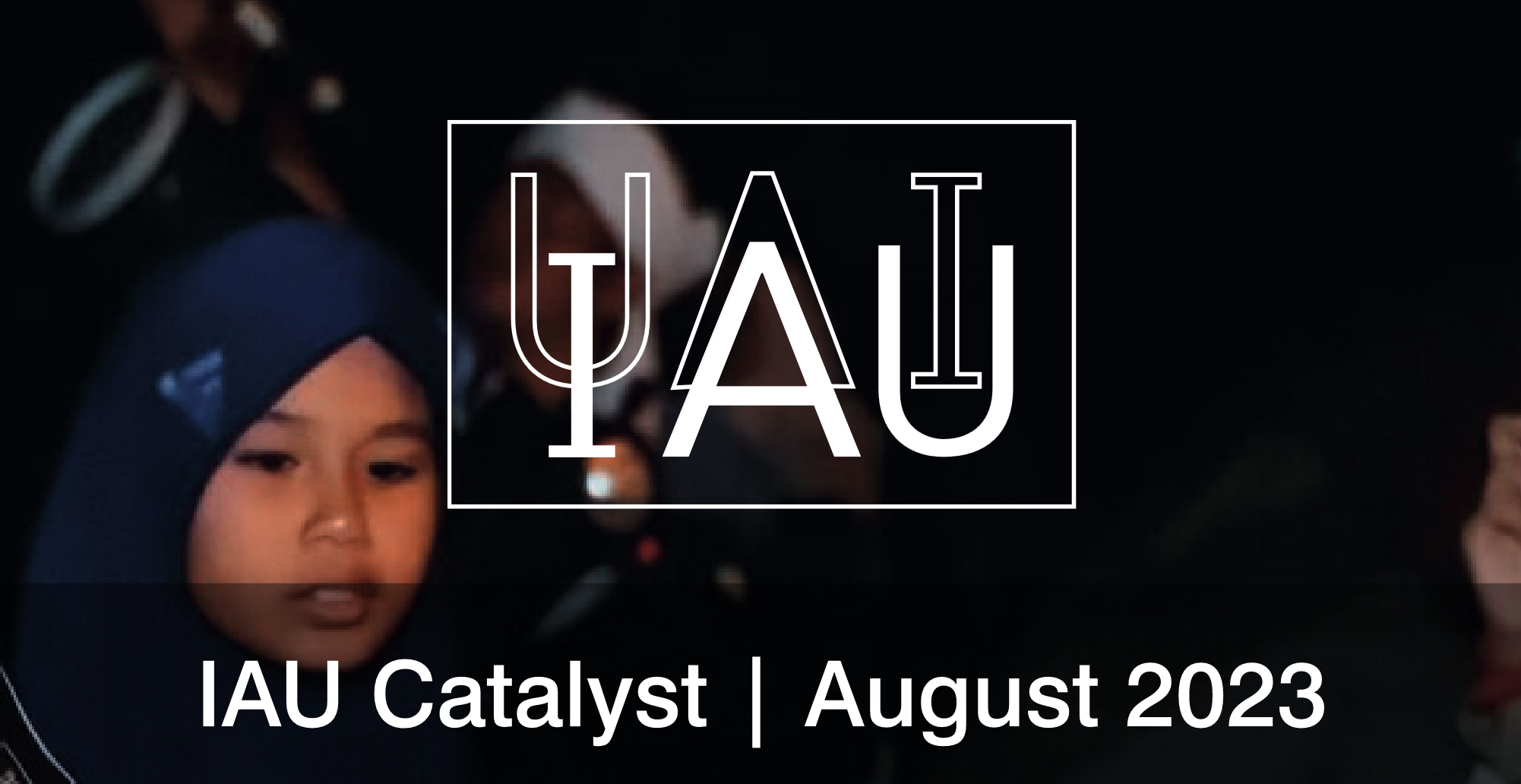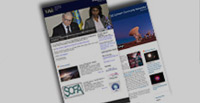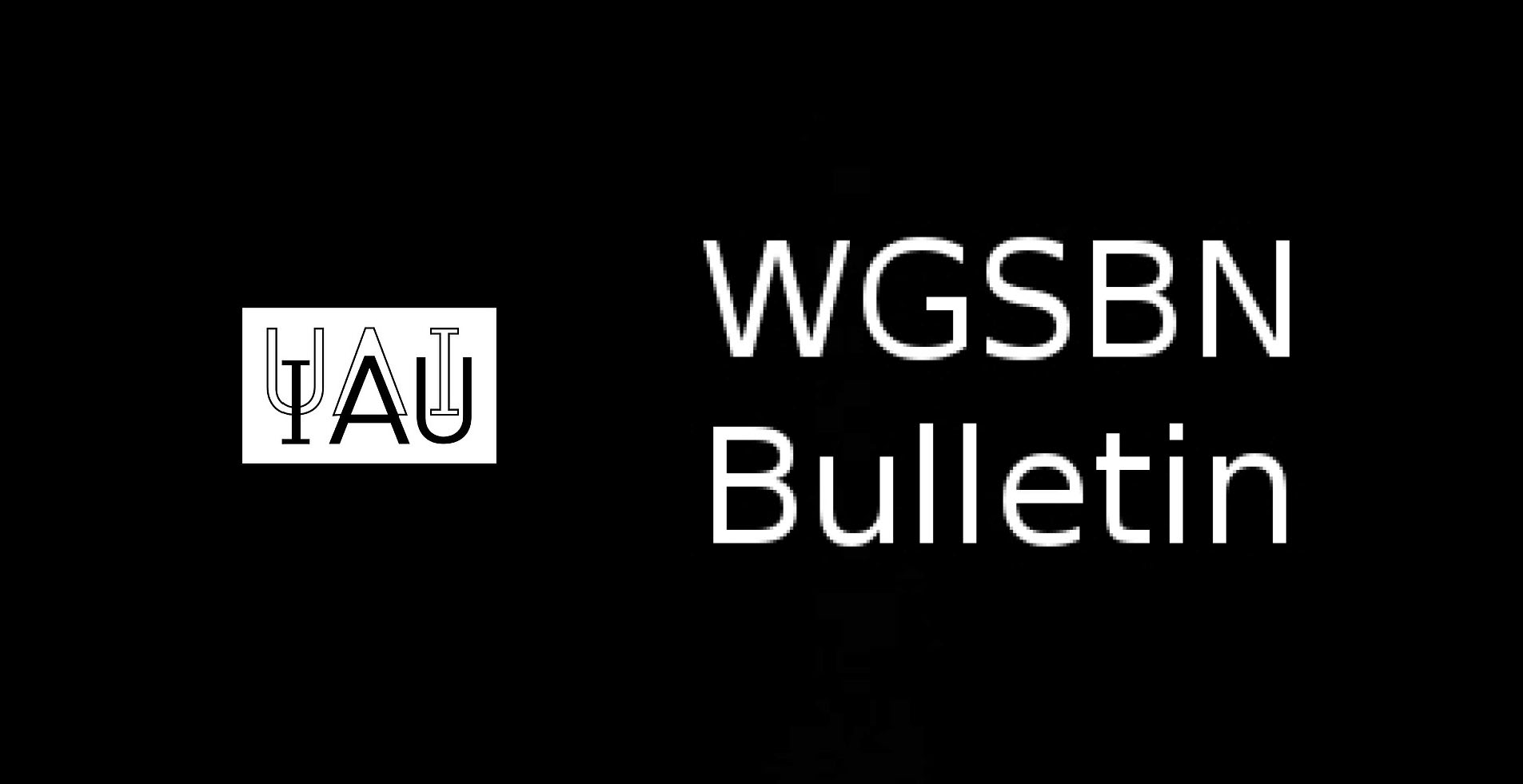- News
- Science
- Scientific Bodies
- Divisions
- Commissions
- Commission A1 Structure
- Commission A2 Structure
- Commission A3 Structure
- Commission A4 Structure
- Commission B1 Structure
- Commission B2 Structure
- Commission B3 Structure
- Commission B4 Structure
- Commission B5 Structure
- Commission B6 Structure
- Commission B7 Structure
- Commission C1 Structure
- Commission C2 Structure
- Commission C3 Structure
- Commission C4 Structure
- Commission C5 Structure
- Commission D1 Structure
- Commission E1 Structure
- Commission E2 Structure
- Commission E3 Structure
- Commission E4 Structure
- Commission F1 Structure
- Commission F2 Structure
- Commission F3 Structure
- Commission F4 Structure
- Commission G1 Structure
- Commission G2 Structure
- Commission G3 Structure
- Commission G4 Structure
- Commission G5 Structure
- Commission H1 Structure
- Commission H2 Structure
- Commission H3 Structure
- Commission H4 Structure
- Commission J1 Structure
- Commission J2 Structure
- Commission J3 Structure
- Commission X1 Structure
- Commission X2 Structure
- Past Commission Organising Committees
- Working Groups
- Centres
- Scientific Meetings
- Rules & Guidelines
- General Assemblies
- Meeting Proposals
- Future IAU Meetings
- General Assemblies
- EC Meetings
- Officers' Meetings
- Regional Meetings
- Symposia
- Focus Meetings
- Institutional Meetings
- IAU Offices Meetings
- IAU-Sponsored Meetings
- Letters of Intent submitted for 2024
- Letters of Intent submitted for 2023
- Letters of Intent submitted for 2022
- Letters of Intent submitted for 2021
- Letters of Intent submitted for 2020
- Past IAU Meetings
- Templates
- Other Meetings
- Grants & Prizes
- Scientific Bodies
- Publications
- IAU Publications
- IAU Strategic Plan
- Symposia
- WGSBN Bulletins
- Regional Meetings
- Information Bulletins/Catalyst
- E-Newsletters
- Focus Meetings
- Transactions A
- Transactions B
- Related Publications
- GA Newspapers
- CAPjournal
- IAU Books
- Brochures
- IAU Offices
- WG Reports
- Commission Reports
- Division Reports
- Past IAU Publications
- Rules, Guidelines and Instructions for Proceedings
- Publishers
- IAU Publications
- Administration
- About the IAU
- Statutes & Rules
- IAU Policies
- IAU Executive Bodies
- IAU Secretariat
- Resolutions
- Members Administration
- Administrative Dates & Deadlines
- International Organisations Relations
- Donate to the IAU
- Training in Astronomy
- Astronomy for Education
- Astronomy for Development
- Astronomy for the Public
- Office for Astronomy Outreach
- FAQ
- Themes
- Satellite Constellations
- Astronomy in Everyday Life
- How to Report a Discovery
- Careers in Astronomy
- Defining our Place in the Cosmos
- The Constellations
- Light Pollution
- Measuring the Universe
- Near Earth Objects
- How to Participate in Astronomy Research
- Naming of Astronomical Objects
- Naming of Exoplanets
- Buying Star Names
- Naming Stars
- Pluto and the Solar System
- IAU Member Statistics
- Our Moon: the Moon
- Meteors & Meteorites: The IAU Definitions of Meteor Terms
- UNESCO-IAU Portal to the Heritage of Astronomy
- Social Media
- Past Events
- Call for Online Resources
- Astronomy@Home Awards
- Contact
Date sent: 2 November 2017, 12:13
From: Anna Watts (A.L.Watts@uva.nl)
Subject: IAU Div D (High Energy Phenomena and Fundamental Physics) Bulletin No. 18 - November 1 2017
IAU Division D Bulletin N. 18: November 1, 2017
INDEX:
- INTEGRAL news
- Upcoming conferences, meetings, workshops and schools (new announcements)
INTEGRAL news
Two dates in 2017 were big milestones for INTEGRAL. First, on 17 August 2017, multi-messenger gravitational-wave (GW) and electro-magnetic (EM) (astro)physics was born. INTEGRAL played an important role in discovering the flash of gamma rays linked to GWs. Both NASA's Fermi/GBM and ESA's INTEGRAL/SPI-ACS recorded a short Gamma-Ray Burst (GRB170817A; see Figure \ref{GRB170817A_spiacs}). Such bursts are not uncommon, but this one was preceded about 1.7 seconds earlier by a GW signal detected by LIGO. The detection, most probably the tell-tale-sign of a neutron star merger, led to an intense follow-up campaign by a large number of ground and space telescopes. An afterglow counterpart was pinpointed and detected at various wavelengths: the merger had triggered a kilonova to be seen for days-weeks after. First results were made public on 16 October 2017 in press conferences all around the world. This historic event has led to at least 84 papers (see http://kilonovae.org), many of them appearing in the Astrophysical Journal Letters (see http://comms.iop.org/c/11m49n6ugOZ6qyCakhzsTbpm2L), as well as Science and Nature. The INTEGRAL results featured in ApJL (848, L15; http://iopscience.iop.org/article/10.3847/2041-8213/aa8f94/meta) and in at least two other seminal joint papers (including one with a measure of the speed of gravitational waves: http://iopscience.iop.org/article/10.3847/2041-8213/aa920c/meta).
The second round of LIGO and Virgo GW operations (O2) has just ended (25 August 2017). The third round of LIGO/Virgo GW operations (O3) with improved sensitivities is expected to start in Autumn 2018; extending INTEGRAL's operations after the currently confirmed period (end of 2018), therefore, of utmost importance, in what is already now referred to as the "golden age of GW astronomy". This is an opportunity we should not miss.
The second memorable date is 17 October 2017; this marked 15 years in operation for INTEGRAL. 15 years before that date, the INTEGRAL spacecraft was launched from the Baikonur cosmodrome in Kazakhstan on a Proton rocket. From rare breeds of high-energy stars to the feeding habits of monster black holes and the annihilation of antimatter, the mission has been uncovering the secrets of the most energetic phenomena in the Universe. And since it is never too late to try something new, in recent times INTEGRAL has begun to play a crucial role in new fields of astrophysics, like follow-up of high-energy neutrinos and Fast Radio Bursts (FRBs), or especially exciting: the above-mentioned study of GW sources. During all these years of operations INTEGRAL has travelled almost 800 million km along an elliptical orbit that has varied over time. In 2015, a series of maneuvres were carried out to ensure that the satellite's eventual entry into the atmosphere, in 2029, will meet ESA's guidelines for minimising space debris. It currently revolves around the Earth in about 2.6 days, with a maximum apogee of about 1/3 of the distance to the Moon, resulting in continuous duty cycle of about 2.25 days.
To celebrate the anniversary, the "15 years INTEGRAL Symposium: Energetic Time Domain Astrophysics" took place 16--20 October 2017 in Venice, Italy. The Symposium was held in honour of Neil Gehrels (who passed away on 6 February 2017) and Nanni Bignami (who passed away on 24 May 2017). The Symposium also saw the invention of a new prize: the "Mikhail Revnivtsev Prize", a distinction established in honour of the renowned high-energy astrophysicist from the Russian Federation, to be given to a young scientist (younger than 35 years old as of July 31, 2017). It was awarded to Volodymyr Savchenko for his outstanding scientific contribution to INTEGRAL.
Upcoming Conferences, Meetings, Workshops and Schools
Black Hole formation and growth (48th Saas Fee Advanced Course)
Saas-Fee, Switzerland
January 28-February 3, 2018
http://www.isdc.unige.ch/sf2018
Multi wavelength polarimetry (EWASS 2018 Special Session)
Liverpool, UK
3-6 April, 2018
http://eas.unige.ch/EWASS2018/session.jsp?id=SS20
Gamma-ray Bursts, Hypernovae and Superluminous Supernovae (EWASS 2018 Special Session)
Liverpool, UK
3-6 April, 2018
http://eas.unige.ch/EWASS/session.jsp?id=SS14
21st International School of Cosmic Ray Astrophysics
Erice, Italy
August 1-7, 2018
http://laspace.lsu.edu/ISCRA
Workshop on Education in Astronomy and Astrobiology (IAU GA 2018)
Vienna, Austria
19 August 2018
For more details or for inscriptions, please contact: Margarita Metaxa (marmetaxa@gmail.com) or Rosie Cane (rosiecane93@gmail.com)
Warm and Hot Baryonic Matter in the Cosmos (IAU GA 2018 Focus meeting)
Vienna, Austria
August 30-31, 2018
https://www.purdue.edu/science/physics/conferences/fm2/
If you wish to share with IAU Div D any information about matters that may be relevant to the activities of Div D Members, please send an e-mail to A.L.Watts@uva.nl . This will appear in the next Bulletin, which will be sent out on December 1, 2017. Thank you in advance for your inputs, and best regards.
Dr Anna Watts Secretary of IAU Div D Steering Committee
Associate Professor, University of Amsterdam
Email: A.L.Watts@uva.nl
http://staff.fnwi.uva.nl/a.l.watts

















